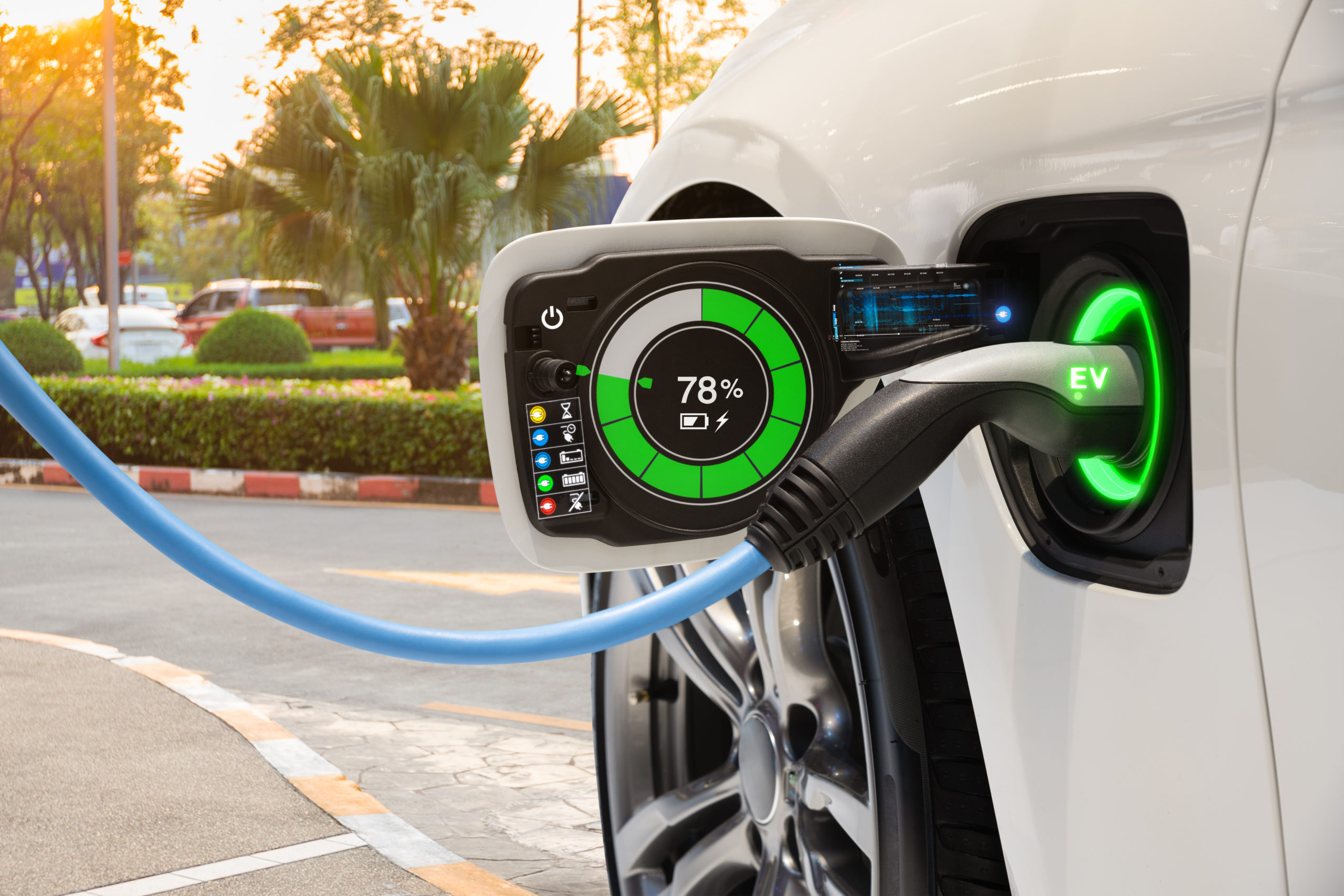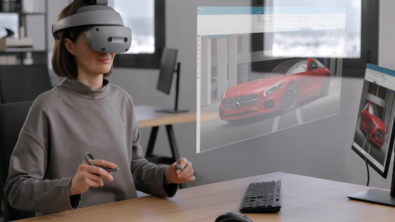Electric and autonomous vehicles: A verification and compliance conundrum (pt. 1)

As a kid, the world of electric, autonomous, or even flying cars was the stuff of science fiction. In college, while these ideas still represented a futuristic view, the ideas became more plausible as robotics, automated systems, and computer control became mainstream. Fast forward to today, and the technology has matured to a point of viability. Electric vehicles are already on the road and achieving impressive range while autonomous vehicles are able to navigate increasingly complex road systems with minimal engagement by the driver. Flying cars….well we are not quite there yet.
The next question is how to ensure these advanced vehicles meet the requirements of regulators and customers alike? The market place will have no mercy in weeding out the weak products. Whether it be regulatory compliance like CAFÉ, safety, performance or customer expectations, if these new products cannot be verified before release, they will not survive long in the real world.
The Complexity Challenge
Modern vehicles are amazingly complex. Much of this growth in complexity has occurred in the last few years with the emergence of the most potent drivers of complexity: automotive electronics and embedded software. Even entry-level, mass-market vehicles include several hundred electronic control units (ECUs) and other electric and electronic (E/E) components such as sensors and actuators. These components are connected by miles of electrical wiring and numerous in-vehicle networks. Next, embedded software applications have become critical to core functionalities in modern vehicles, in addition to = comfort, convenience and entertainment features. The result is ballooning complexity. It is common for a vehicle today to contain over 100 million software lines of code (SLOC).

The rising complexity of modern cars creates challenges throughout the vehicle development process. In design, engineers have to collaborate effectively with various teams and departments as almost every vehicle system becomes multi-domain, incorporating mechanical, electronic and software components. Furthermore, the abundance of optional vehicle features offered by manufacturers results in billions of possible vehicle configurations. Each of these configurations must be supported not only in the design, but also through the manufacturing and service of the vehicle.
Impact on verification and compliance
Most importantly, greater vehicle complexity leads to significant challenges in vehicle verification and compliance with regulatory, internal and customer requirements. Modern vehicle programs have thousands of requirements that must be realized in the final vehicle. These requirements are implemented in highly complex subsystems containing millions of discrete mechanical, electronic and software components. Engineers must be able to trace down to the physical systems and components in the vehicle from these requirements, as well as track the verification and testing activities along the way.
However, despite the immense complexity automotive manufacturers already face, it is about to get much more demanding. Technological advancements and the pressure to reduce emissions have increased the urgency of electric and autonomous vehicle (EV/AV) development, resulting in a fast-paced race to bring these vehicles to market. EVs and AVs escalate both the difficulty and importance of managing requirements and compliance.
First, software and electronics will only become more sophisticated as they become the primary means of enabling critical functionalities within EVs and AVs. In EVs, battery management software will be an important means of improving drive range and the reliability of the batteries by managing thermal loads and the charging and discharging of the battery. AVs, of course, will rely on a suite of sensors, actuators and artificial intelligence algorithms to perceive and make decisions to navigate the driving environment.

As a result of the increasingly dominant role of software and electronics in enabling critical vehicle functions, ensuring the robustness of these systems and their compliance with various requirements will be paramount. Software or electronic failures are no longer just an inconvenience; they now have the potential to cause severe vehicle damage or endanger the safety of passengers and pedestrians. Regulations around automotive software and electronics are becoming much more stringent because of the increased risk at play. Comprehensive verification of these advanced vehicles must be completed before release.
Finally, the highly dynamic nature of the EV and AV markets will make change a constant. Engineers will need to be able to adapt to new demands quickly with updated designs and features. Verification and validation processes, and the management of them, must be able to keep pace with this rapid change.
New era in verification managment
The demands of the modern automotive industry requires innovative verification processes to ensure the functionality and compliance of highly complex vehicles. Such a process must be able to keep pace with accelerating change and, more importantly, provide a robust data management backbone (via the digital thread) that blurs internal boundaries and supports today’s ever-changing regulation and compliance environment. The price of an insufficient verification process can be steep. Faulty systems that make it out to market can cause manufacturers to lose billions of dollars recalling vehicles or fulfilling warranty claims. Failing to achieve regulatory compliance can result in equally costly fines, criminal investigations or, worst of all, loss of life.
To continue reading about verification management and the potential cost of inadequate processes, check out parts two, three, and four.



Comments